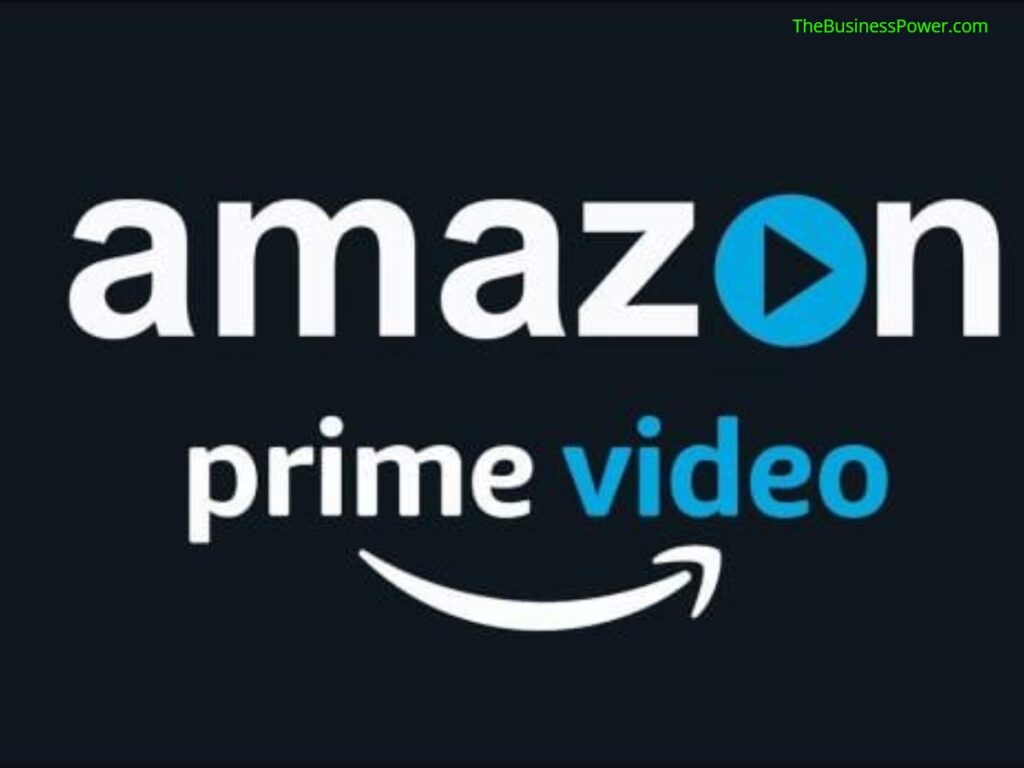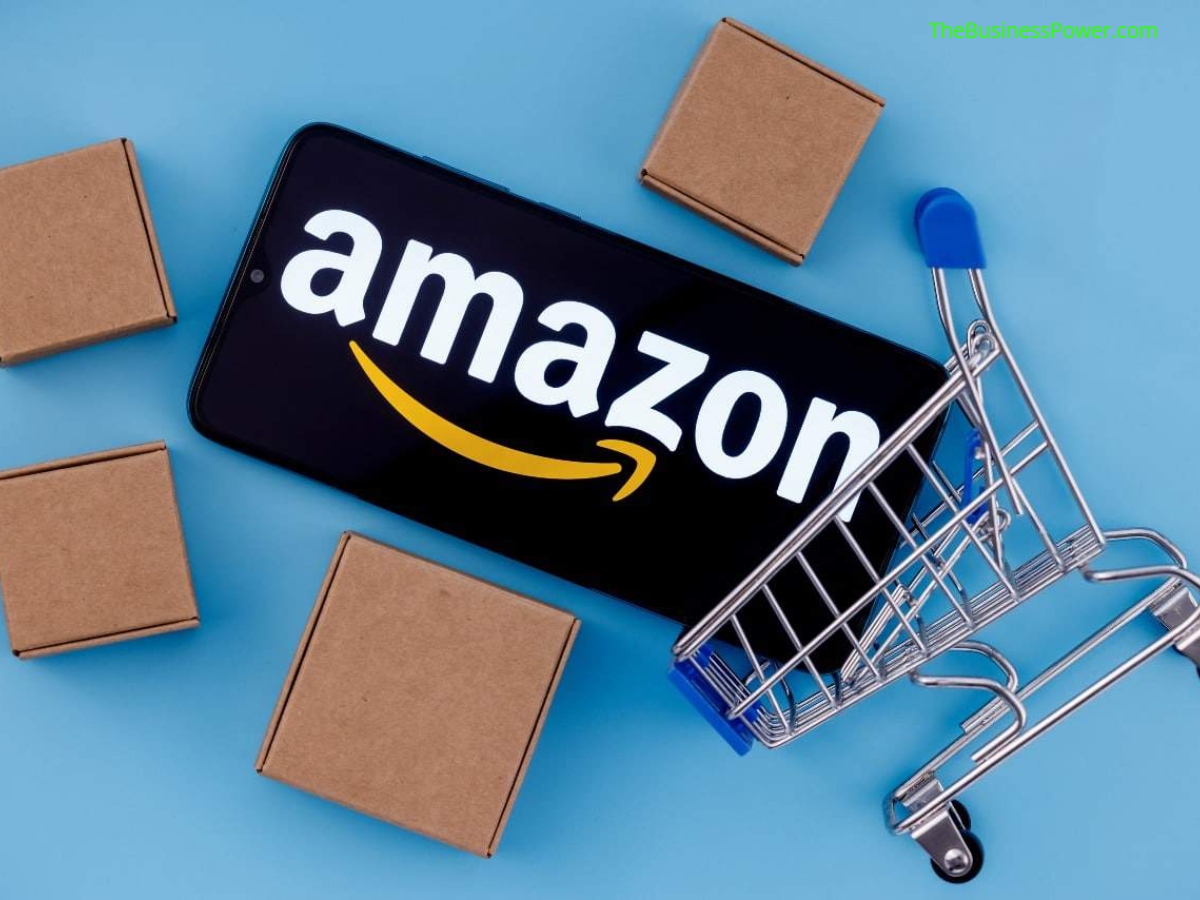Amazon, a name synonymous with e-commerce, is now one of the most influential companies in the world. Ranked fifth globally in terms of market capitalization, Amazon boasts a staggering valuation of $1.045 trillion as of 2023 (CompaniesMarketCap)
The company’s impact extends far beyond online shopping, with ventures into media streaming, cloud computing, and cutting-edge technology, including its popular voice assistant, Alexa. From humble beginnings to global dominance, Amazon’s journey is a remarkable tale of innovation, risk-taking, and continuous adaptation to the ever-changing market.
The Beginning of Amazon
Amazon’s story began on July 5, 1994, when Jeff Bezos, a young Princeton graduate, founded the company in his garage in Bellevue, Washington. Initially called “Cadabra,” which was inspired by the word “abracadabra,” the name was quickly changed after Bezos realized it sounded too similar to “cadaver.” Amazon, as we know it today, was born.
The company began as an online bookstore, with the mission of making books accessible to people across the United States and internationally.
In the early days, Amazon’s growth was slow. Like many start-ups, the company struggled with losses, but it showed signs of promise. A key milestone in Amazon’s early history came in 1996, when the company saw significant growth in revenue during a single quarter. Revenue soared from $4.2 million to $8.5 million, with a notable reduction in losses during this time. This marked a turning point for Amazon, signaling that the company’s idea of online retail had potential.
The company’s first significant step towards profitability came in 2001, following a successful Christmas season. By 2003, Amazon had officially turned profitable, with net profits growing substantially. From losing $149 million in 2002, Amazon earned $35 million in 2003, signaling the company’s ability to weather early challenges and emerge as a competitive force in the retail market.
The Launch of Amazon Prime

A significant driver of Amazon’s success was the launch of Amazon Prime in 2005. Initially offered as an unlimited two-day shipping service for $79 per year, Prime faced skepticism. Many consumers were not fully convinced of the benefits of shopping online, and some were reluctant to commit to a subscription. However, Amazon’s investment in Prime paid off as the company began to add value to the service by incorporating additional features, such as Amazon Video, which allowed customers to stream movies and TV shows.
By the 2010s, Amazon Prime had evolved into a major profit driver. Subscription sales surged, and by 2021, Amazon Prime had netted the company over $31 billion in sales. The service’s growth was particularly notable during the COVID-19 pandemic, when an additional 28 million subscribers joined between 2019 and 2021.
The convenience of fast shipping and access to video content helped make Prime indispensable for millions of customers.
The impact of Amazon Prime wasn’t just seen in the number of subscribers but also in the spending habits of its members. Prime members spent, on average, $1,400 per year on Amazon, compared to just $600 by non-members (Chang, 2021). This increased spending, combined with the ongoing expansion of Prime’s features, has made Amazon Prime one of the most successful subscription services in the world today.
The Future of Amazon
Amazon’s past successes are impressive, but the company is far from resting on its laurels. Bezos and his team have continuously explored new avenues for expansion, particularly in the realm of delivery services and technology.
Amazon’s ambition to revolutionize the way goods are delivered has led to projects like Amazon Prime Air, a trial delivery system using drones. In Lockeford, California, Amazon has tested delivering packages using drones, aiming to complete deliveries within a few hours to local customers. While the technology is still in the experimental phase, Amazon is determined to push forward with this innovative solution.
Another area of innovation is Amazon Scout, a fully electric, autonomous delivery system. This technology is designed to streamline the delivery process and improve efficiency, reducing the reliance on human delivery drivers. As technology advances, Amazon’s commitment to using drones and autonomous vehicles to improve logistics will likely continue to shape the future of e-commerce.
In addition to these technological innovations, Amazon is expanding through strategic partnerships and acquisitions. One of the company’s most notable recent moves was its $8.5 billion acquisition of Metro-Goldwyn-Mayer (MGM) Studios, the famous media company behind movies like Rocky and Rain Man (Maas, 2022). With this acquisition, Amazon plans to expand its content library on Amazon Prime Video, producing TV shows and movies based on popular MGM franchises like Legally Blonde and Robocop.
This move highlights Amazon’s desire to become a dominant player in the media and entertainment industry, following in the footsteps of other tech giants like Apple and Netflix.
Amazon has also partnered with Grubhub, an online food delivery service, as part of its effort to dominate the food and grocery delivery market. Although the partnership has not yet led to significant growth, the combined power of two major companies in their respective industries has the potential to disrupt the food delivery sector.
What’s Next for Amazon?
As Amazon continues to grow, the company’s vision for the future is clear: continue innovating, exploring new technologies, and expanding into new markets. Whether it’s improving delivery times with drones or disrupting the entertainment industry with its acquisition of MGM, Amazon’s commitment to growth and adaptation has kept it at the forefront of technological advancements and consumer trends.
In addition to its current projects, Amazon may explore other emerging sectors like healthcare, smart home technology, and artificial intelligence. The company’s ability to pivot and capitalize on new opportunities has allowed it to remain relevant in an ever-changing global marketplace. Whether it’s dominating the e-commerce world or creating entirely new markets, one thing is certain: Amazon will continue to shape the future in ways that no one could have imagined when it was founded in a small garage nearly three decades ago.
Conclusion
From its humble beginnings as an online bookstore in 1994 to becoming a $1.045 trillion global powerhouse, Amazon’s journey is nothing short of remarkable. Through innovative services like Amazon Prime, groundbreaking technology like Alexa, and ambitious projects like drone delivery, Amazon has reshaped industries and changed the way people live, work, and shop. With Bezos’ relentless drive for innovation, it’s clear that Amazon’s story is far from over.

